In the heart of Central America, Nicaragua is the largest country in the region but the least densely populated and least visited in the region.
Known as “The Land of Lakes and Volcanoes", Nicaragua is a warm and friendly land of beautiful lakes and mountains, rivers and volcanoes, sea and sun. Also known as the land of poets, Nicaragua's merging of different cultures can be seen in its creative, lively and blissful culture, also through its charming colonial cities, lovely historic buildings and churches.
Restaurants and cafés offer modern international cuisine as well as Nicaraguan dishes with Creole and Spanish influences. There is superb seafood on both the Pacific and Caribbean coast and an abundance of delicious and varied tropical fruits.
Stay in international standard hotels in the cities or charming colonial style properties in peaceful settings as well as simple retreats and smaller locally-owned hotels.
For more info and ideas, contact us today.
Where to go in Nicaragua
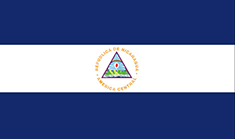
General Info
Capital: Managua
Official language: Spanish
Currency: Nicaraguan Córdoba (NIO)
Time zone: GMT −6 hours
International dialling code: +505
View weather averages ![]()
Granada & Leon
Explore their grand churches and historical 16th century buildings. Stay in one of the charming colonial hotels in Granada and immerse yourself in history or simply unwind on the veranda and watch the world go by.
Defined by its graceful Spanish colonial architecture and fascinating political history, León is one of Nicaragua's oldest and most influential cities. Climb to the rooftop of Central America’s largest cathedral and enjoy the amazing views over the city and surrounding Maribios Volcanic Chain.
Lake Nicaragua & Rio San Juan
Get away from it all on volcanic Ometepe Island in the middle of Lake Nicaragua, the largest freshwater lake in Central America and home to the world’s only freshwater sharks.
Rio San Juan flows from Lake Nicaragua into the Caribbean and is surrounded by tropical rainforest with small villages along the river. Spot wildlife on the riverbanks in the Indio Maíz Biological Reserve. Among the animals inhabiting the reserve are jaguars, eagles, macaws and manatees.
Bays and Beaches
Visit San Juan del Sur with its beautiful horseshoe bay on the Pacific coast, an important conservation nesting area for sea turtles.
Or relax by the turquoise waters of the tropical paradise of the Corn Islands off the Caribbean coast, and explore its deserted white sand beaches, palm trees, stunning reefs and marine life.
Go Surfing!
Surf the warm waters of the southern Pacific coast of Nicaragua, ideal for all levels of surfers from beginner to experienced.
Go Hiking!
Hike in the highlands of Masaya National Park for a chance to look over the edge of a steaming volcanic crater.
When to go
Nicaragua is a year-round destination with a hot, tropical climate.
The dry season runs predominantly from December to April although there tends to be more rain on the Caribbean coast and increased humidity in lowland regions.
During the wet season, the rain tends to come in showers in the late afternoon, so you will still have plenty of sunshine.
We particularly recommend travelling in December, just after the rainy season, when the Pacific coast is lush and green and not too hot.
Where to go next
A particularly nice combination is Nicaragua and Costa Rica as it is easy to transfer overland between the two countries.
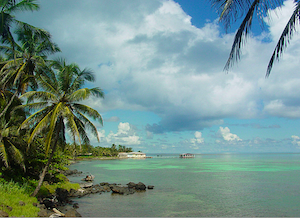
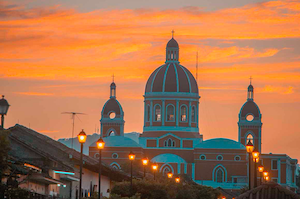
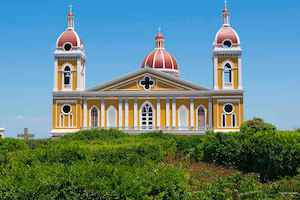
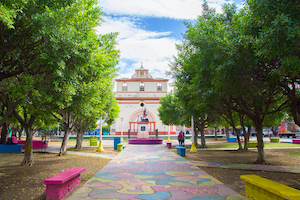
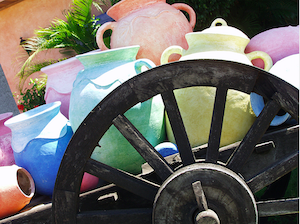
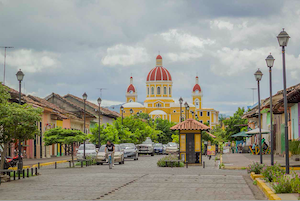
Map of Nicaragua
Entry Requirements
Valid passport required.
For the latest visa info, see: www.VisaHQ.co.uk ![]()
Immunisations
Always check with your doctor or medical centre in advance of travelling.
For current vaccination recommendations see: